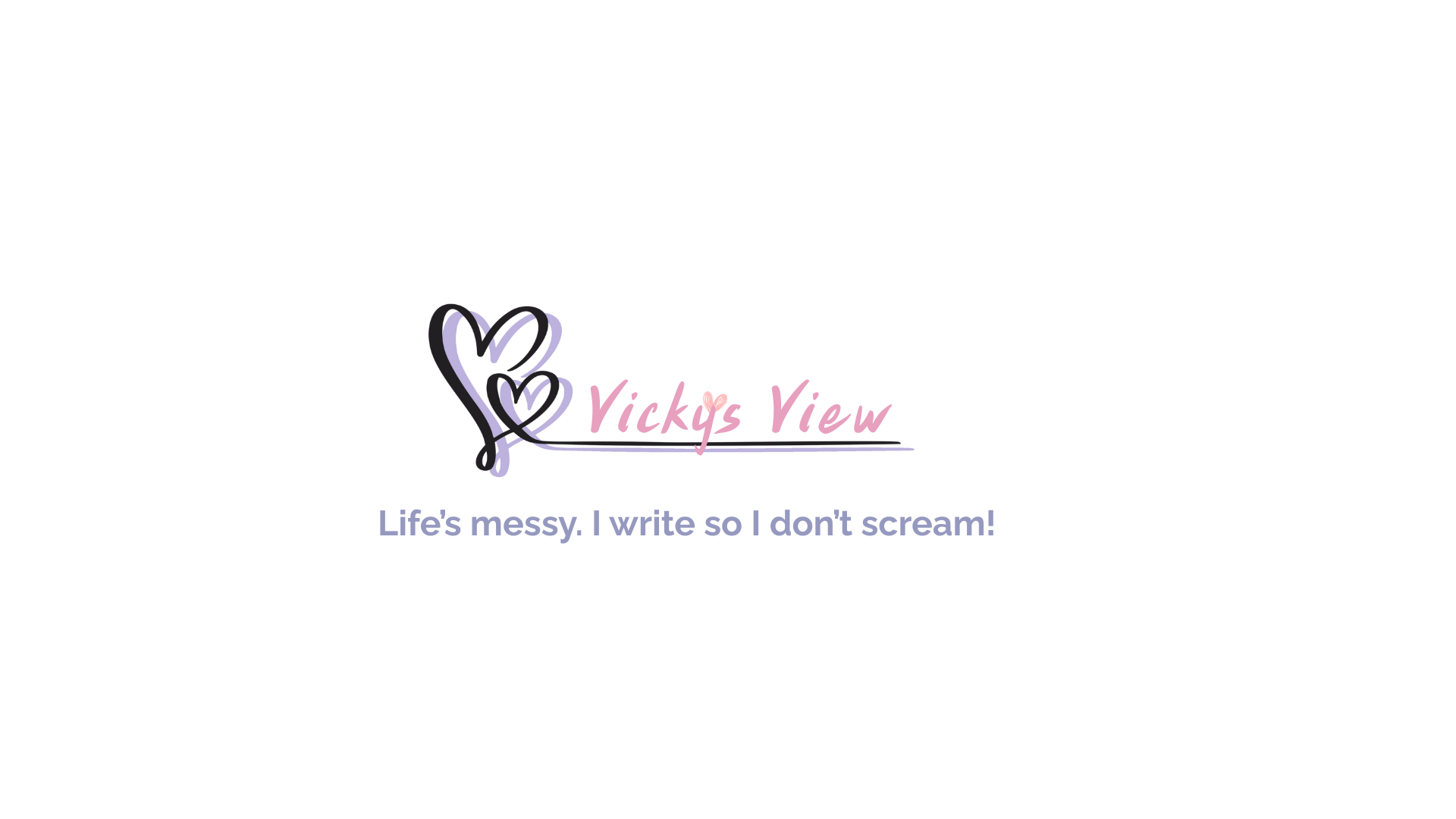By The Mechanical Muse (edited by Vicky)
🔜 Be sure to check out the entire AI for Writer’s series!
The question isn’t whether students will use AI in the classroom — it’s how they’ll use it. As educators, we can either block the signal or help them tune it in more clearly. This article explores how to embrace AI as a research assistant, question builder, and thinking partner — without compromising academic integrity.
This isn’t about letting ChatGPT write essays. It’s about teaching students to use AI like a microscope: not for answers, but for clarity.
🧠 From Search Engine to Thinking Engine: AI in the classroom
AI is not just about retrieving answers — it’s shifting how students engage with ideas. As Getting Smart emphasizes, students must be taught to critically assess AI-generated content, building media literacy and analytical skills.
However, studies also warn about downsides. A 2024 study published by Springer Open found over-reliance on AI tools can reduce creativity and independent problem-solving. Another recent paper on Phys.org documented how excessive AI use negatively affects reflective problem-solving.
Teacher takeaway: Model how to evaluate AI outputs. Encourage students to cross-check AI-generated ideas (such as “international debt and the Dawes Plan collapse”) with primary sources or peer-reviewed literature.
🕵️♀️ Teaching Better Questions, Not Just Answers
Deep questioning is at the heart of higher-order thinking. This aligns with Bloom’s Taxonomy and “active learning” approaches, which have been shown to boost engagement and long-term retention, as noted in Review of Educational Research.
Prompt Ladder with AI:
- Level 1 (Knowledge): “What happened at the Boston Tea Party?”
- Level 2 (Comprehension): “Why was tea singled out as a protest target instead of other British imports?”
- Level 3 (Analysis): “How did the symbolism of tea evolve from protest to national identity?”
- Reflective Use: Have students work with AI to rewrite and deepen prompts.
Pairing students to iterate prompts with AI fosters scaffolded inquiry and strengthens peer feedback skills.
✍️ AI in the English/Writing Classroom: Real Stories & Insights
1️⃣Supporting English Learners
In Illinois, high school English teacher Sarah Said helps English learners use AI to refine their writing voice:
“This is a starting point. Let’s work on expanding the idea that AI gave you so that now it becomes your own… How can we change the sentence to bring your voice into the sentence rather than AI’s voice?”
2️⃣ Narrative Feedback with AI
At the Young Women’s Leadership School in Queens, Yana Garbarg uses MagicSchool.AI to generate narrative-style feedback on essays, speeding up turnaround time while keeping personal teacher voice.
3️⃣ AI as a Critique Partner
Oregon English teacher Kelly Gibson frames AI as a writing “calculator” by having students compare and analyze AI-generated essays against their own to develop editing and critique skills.
📚 Research Evidence: AI as Writing Tutor
- CGScholar AI Pilot: A trial with 11th-graders found AI-driven feedback improved writing structure and clarity. (University of Illinois)
- AI-Assisted Learning Study: Pre-registered experiments demonstrated students practicing with AI-generated drafts improved faster on writing tasks. (SSRN Working Paper)
- Socratic AI Feedback: Tools like Scraft help students revise through interactive AI questioning loops.
📖 Academic Integrity: Don’t Block, Disclose
As The Guardian recently reported, banning AI outright isn’t practical or effective. Instead, educators are shifting toward responsible disclosure. Ohio State’s AI Fluency Program provides a strong model for this type of transparent integration.
Suggested AI Policy for Classrooms:
You may use AI tools for idea generation, question development, and brainstorming. You must disclose which tools were used and how they contributed to your final product.
This policy builds AI literacy while maintaining accountability and academic integrity.
💡 Bottom Line: Use AI to Teach Thoughtfulness, Not Just Tech
Ultimately, the best classroom AI isn’t flashy—it’s the quiet prompt that makes a student say, “Wait, I didn’t think of it that way.”
By using AI to scaffold better questions, refine drafts, and generate counterarguments, we help students learn not just how to search — but how to think.
📬 Follow Vicky’s View
Subscribe for fresh posts from the desk of Vicky — AI tools, storytelling, odd moments, grandkid wisdom, and whatever else stirs up trouble (or inspiration).
